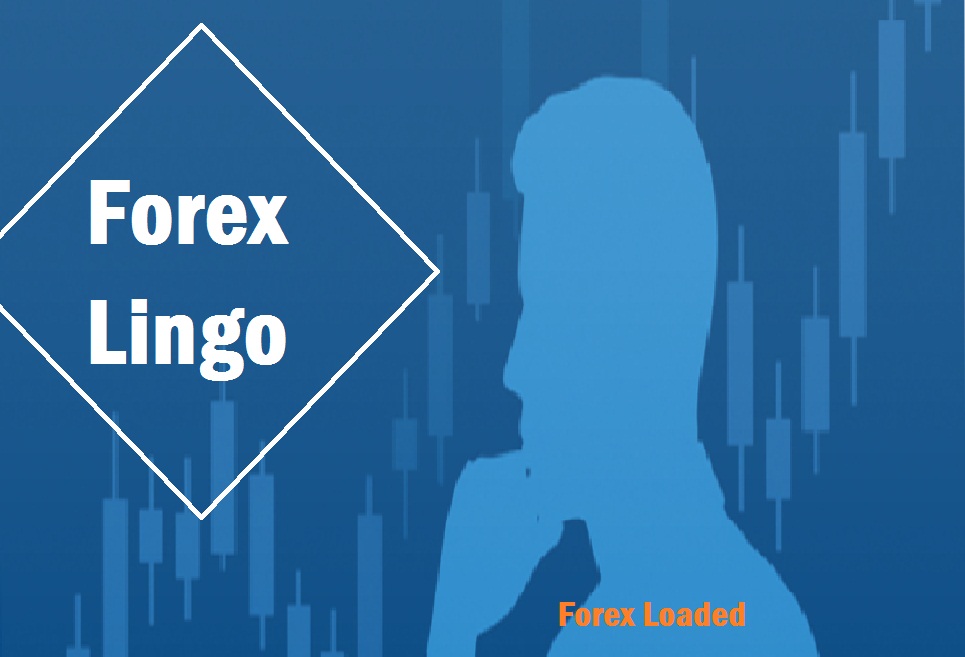Welcome to today’s lesson!
In this session, we’re diving into forex lingo, the essential terms every beginner trader needs to know. These terminologies are widely used by professional traders in the global currency market. If you’ve been following our lessons closely, chances are you’ve already come across some of them and didn’t know they had names!
What is Forex Lingo?
Forex lingo refers to the terminologies and phrases used by experienced traders in the forex market. Understanding these terms is crucial for every new trader because they form the basic language of forex trading.
Just like in other professions, bankers, engineers, doctors, and lawyers all have their technical terms. Forex traders do. Being fluent in this “language” instantly makes you sound like a pro and helps you follow along during live trades, tutorials, or market discussions.
This lesson is a recap and summary of several key terms we’ve introduced before. Now is the perfect time to memorize and internalize them as part of your journey to becoming a professional trader.
Ready? Let’s dive in!
Short and Long
- Short = Sell
- When a trader is said to be in a short position, they are selling
- Long = Buy
- If a trader says they’re in a long position, it means they are buying.
Professional traders often say, “I’m going short” or “I’m long on EUR/USD” instead of saying “sell” or “buy.”
Bulls and Bears
- Bulls represent buyers in the market.
- When the price is rising, the market is said to be bullish.
- Example: If EUR/USD is bullish, it means the EUR (base currency) is gaining strength over the USD.
- Bears represent sellers.
- When the price is falling, the market is said to be bearish.
- Example: If EUR/USD is bearish, the USD (quote currency) is gaining strength.
In short:
- Bullish market = Uptrend = Buyers in control
- Bearish market = Downtrend = Sellers in control
Major and Minor Currencies
- Major Currencies: Most traded currencies globally.
- Examples: USD, EUR, GBP, JPY, AUD, NZD, CAD, CHF.
- Minor Currencies: Currencies from emerging markets. These have lower liquidity and are less traded than majors.
Exotic Currencies
These are currencies from smaller, developing nations with weaker economies. They:
- Are less liquid
- Have wider spreads
- Are riskier to trade
Base and Quote Currencies
- Base Currency: The first currency in a pair (usually stronger).
- Example: In GBP/JPY, GBP is the base.
- Quote Currency: The second currency in a pair (usually weaker).
- Example: In GBP/JPY, JPY is the quote.
Exchange Rate = How much of the quote currency is needed to buy 1 unit of the base currency.
Pip and Pipette
- Pip: The smallest unit of price movement.
- In most pairs: 1 pip = 0.0001
- In JPY pairs: 1 pip = 0.01
Example:
- GBP/USD = 1.2002 → Pip is “2”
- GBP/JPY = 163.06 → Pip is “6”
- Pipette: A fraction of a pip (1 pip = 10 pipettes).
- In most pairs, 5th decimal place
- In JPY pairs: 3rd decimal place
Example:
- GBP/USD = 1.20027 → Pipette is “7”
- GBP/JPY = 162.006 → Pipette is “6”
Note: Most brokers don’t display pipettes.
Bid and Ask Price
- Bid Price: The price at which the market is ready to buy. You sell at the bid price as a trader.
- Ask Price (Offer Price): The price at which the market is ready to sell. You buy at the ask price as a trader.
Example:
GBP/USD = 1.2214/17
- Bid = 1.2214
- Ask = 1.2217
Spread
Spread is the difference between the bid and ask price.
It represents the broker’s fee or transaction cost.
Example:
- If GBP/USD = 1.2003/1.2005 → Spread = 2 pips
Spreads vary by broker and currency pair. Cross pairs and exotic pairs often have higher spreads. It is up to 5 pips or more.
Cross Currency Pairs
A cross-currency pair is any major currency pair that does not include the USD.
Examples:
- EUR/GBP
- GBP/AUD
- CAD/JPY
Cross pairs often have wider spreads or higher transaction costs than major pairs.
Margin
Margin is the minimum amount of money required in your account to open a trade using leverage.
Example:
- To trade 1,000 units (0.01 lot) with 100:1 leverage, you need just $10 in margin. The $10 deposit in your trading account that enables you to get 100:1 leverage is referred to as margin.
Margin is like collateral. The broker holds it while you’re in a trade.
Leverage
Leverage allows you to control larger positions with a smaller capital. Leverage in forex trading is an assistance a broker gives to forex traders to let them participate in the forex market with their small capital. 100:1 leverage means that your $100 trading capital will be multiplied by 100, giving you $10,000.
Example:
- With $100 in your account and 100:1 leverage, you can control $10,000 worth of currency.
Leverage can amplify profits. But it also increases risk, so use it wisely!
Conclusion
We believe you’ve mastered these foundational forex terms! Knowing this lingo not only boosts your confidence but also helps you understand pro-level trading conversations.
In our next lesson, we’ll explore the different types of forex orders. You’re about to level up and start trading like the pro you’re becoming!
Stay focused, love you!









